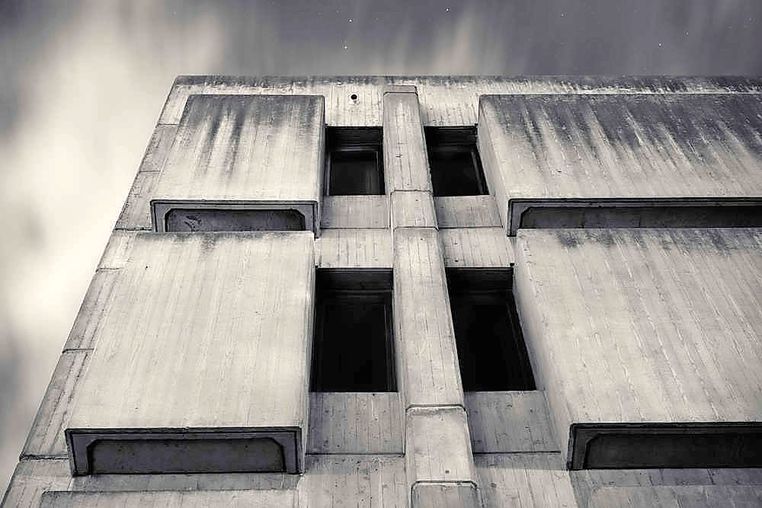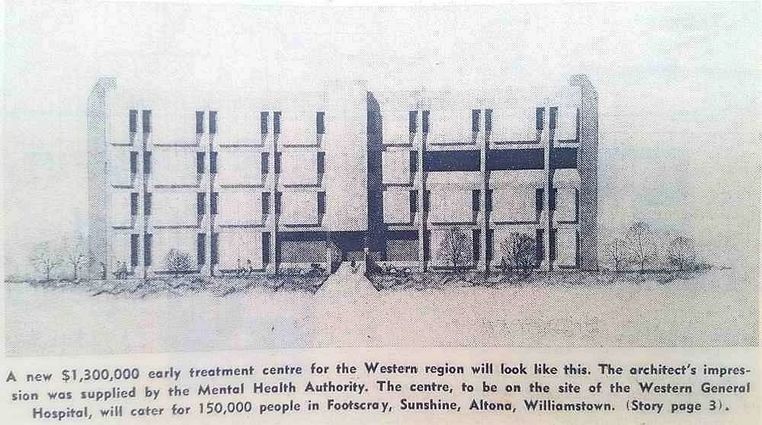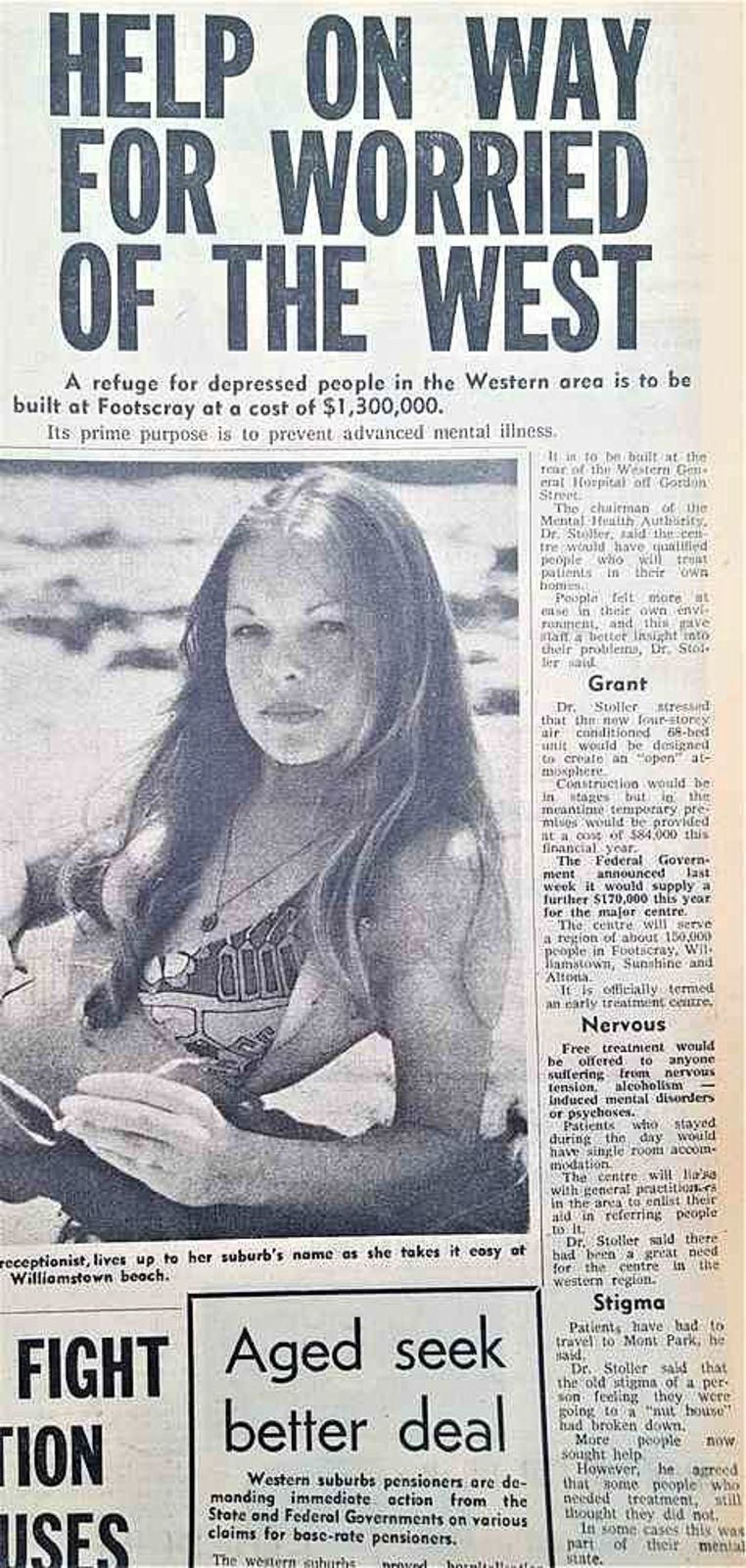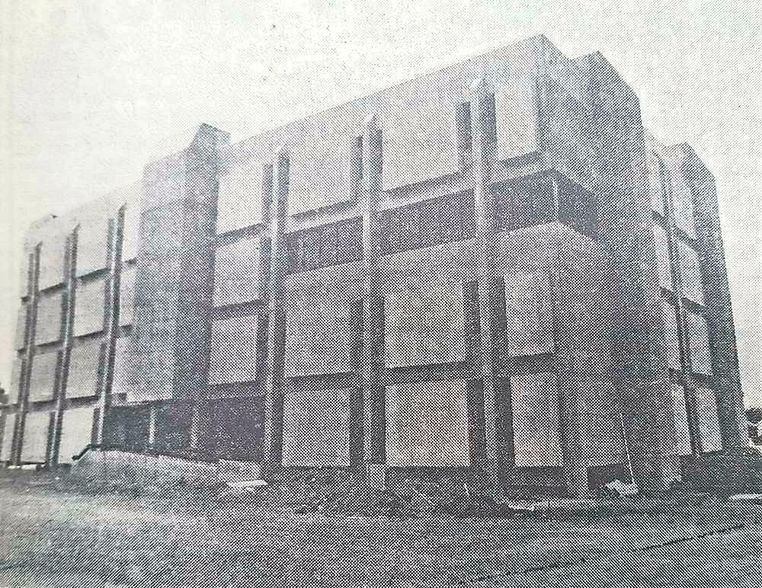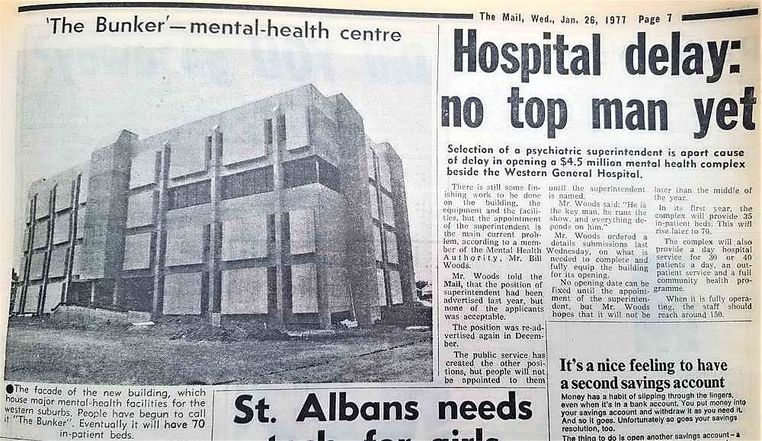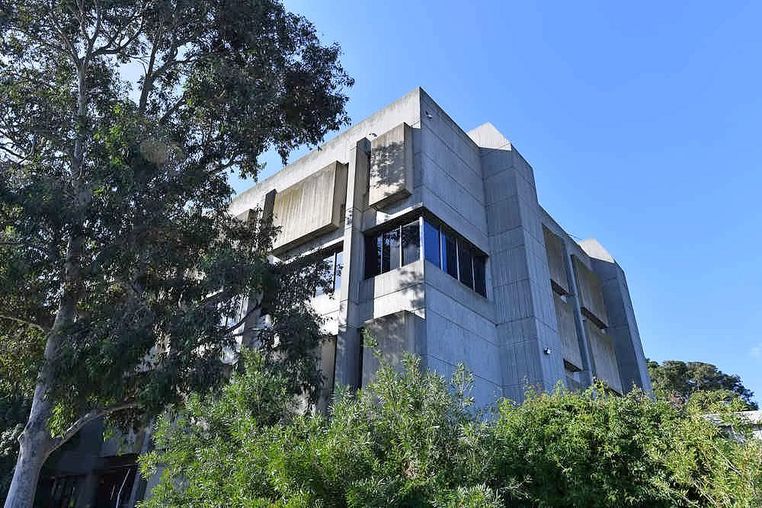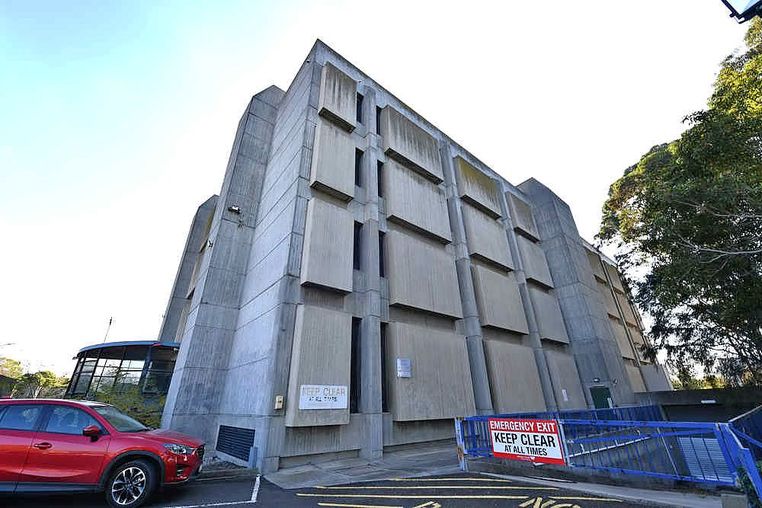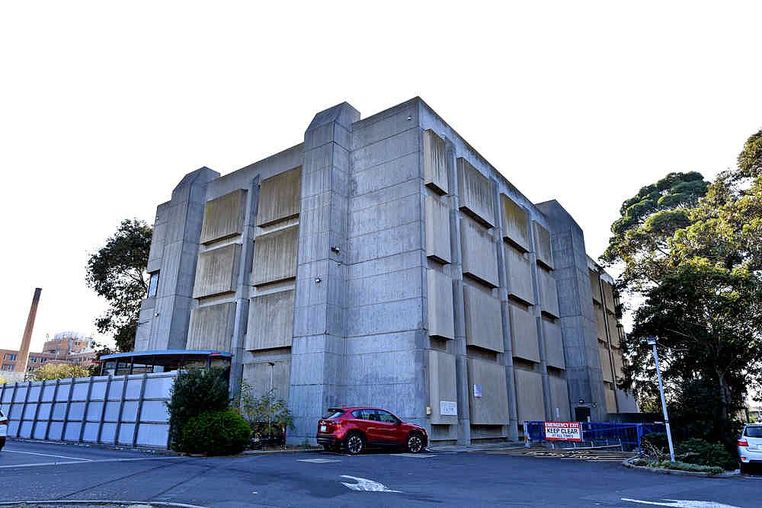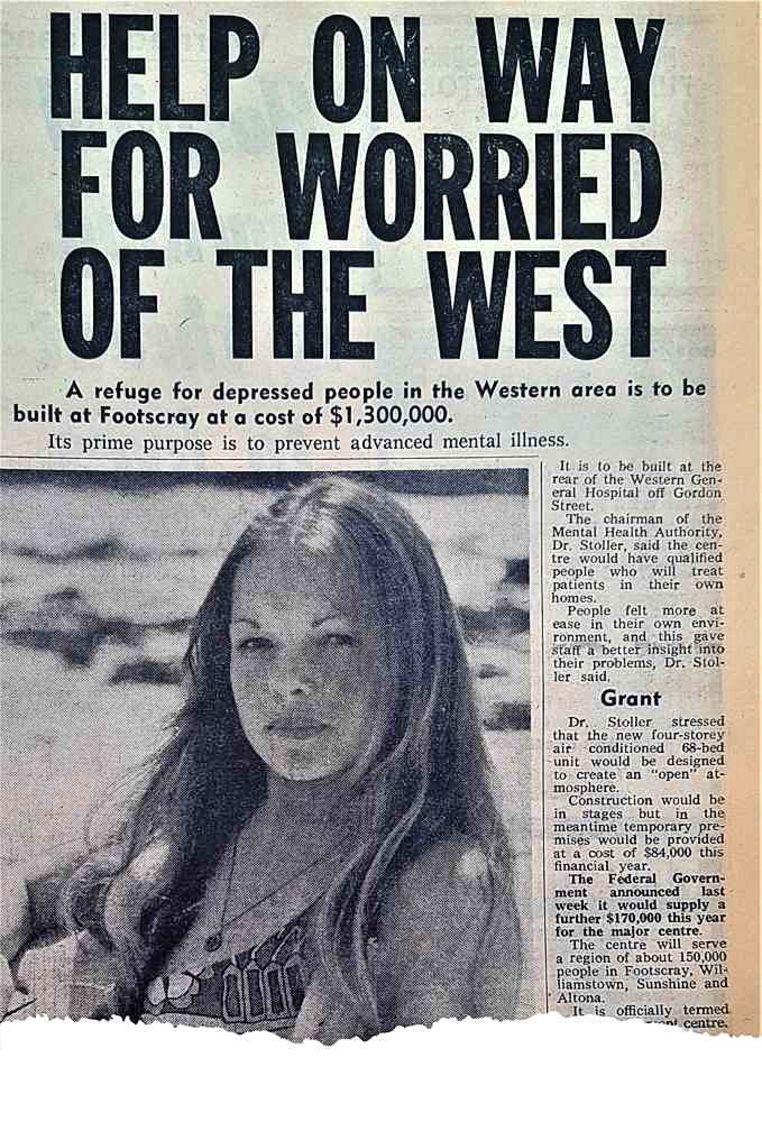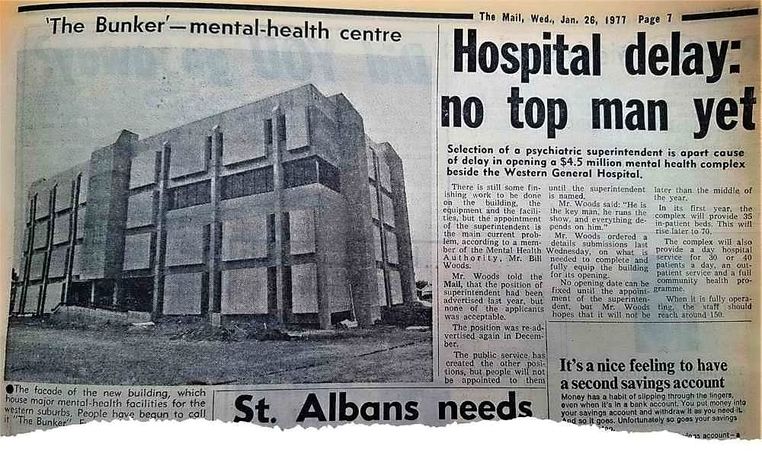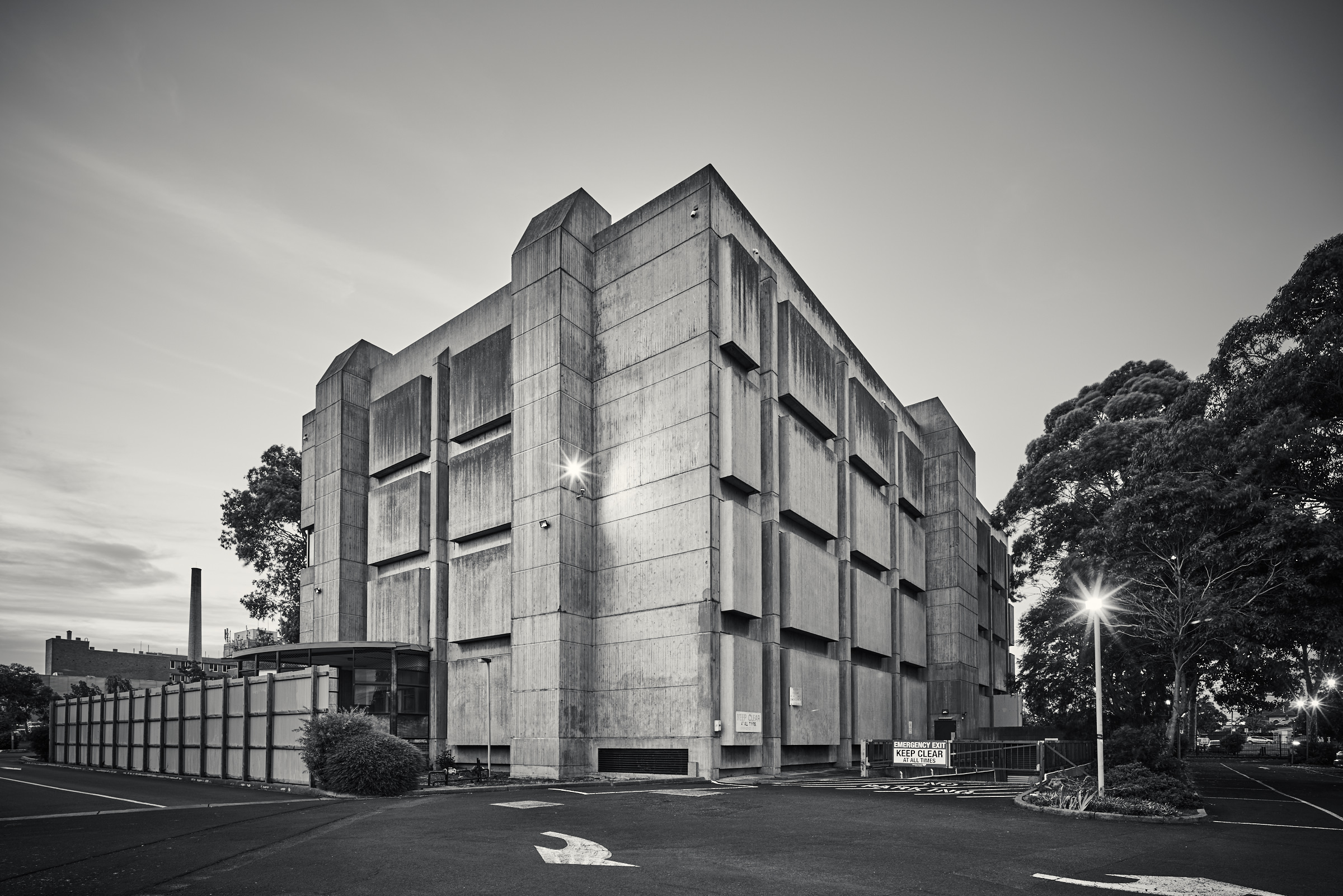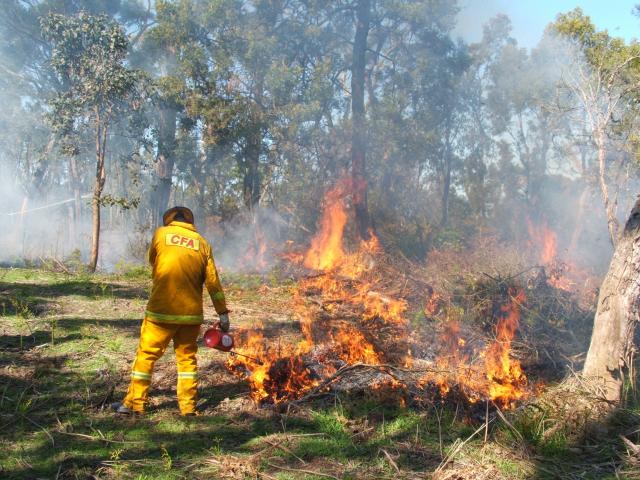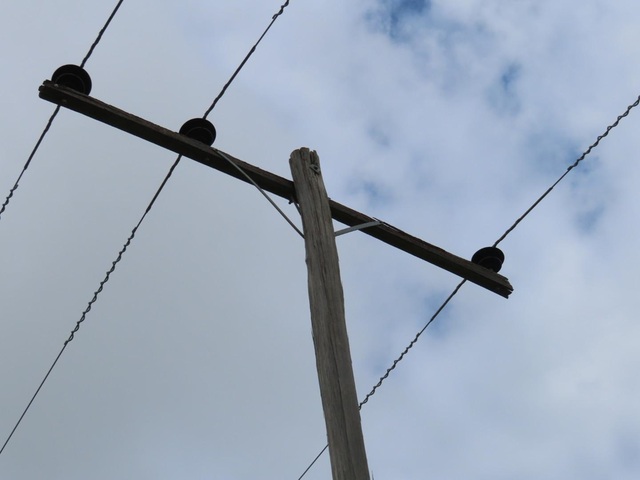Love it or loathe it, Footscray’s Brutalist icon may be here to stay.
Heritage Victoria chief executive Steven Avery has asked the Heritage Council of Victoria to place the former Footscray Psychiatric Centre on the Victorian Heritage Register, citing the divisive 1970s-era landmark’s “bold brutalist design” and important role in the “deinstitutionalisation” of the treatment of psychiatric illnesses.
Perched in a forgotten corner of Footscray Hospital’s sprawling grounds, the concrete building has long provoked a strong sense of love or loathing among locals.
While bearing many familiar hallmarks of brutalist design, the building’s single block and regularity set it apart from other iconic brutalist buildings already on the heritage register such as the Harold Holt Memorial Swimming Centre in Glen Iris and Clyde Cameron College in Wodonga.

The building was designed by an unknown architect working within the Public Works Department and opened in 1977, just as brutalism fell out of favour.
Its imposing form quickly saw it nicknamed ‘The Bunker’ and barely two decades later it was permanently closed, serving out its seemingly borrowed time as overflow storage space for the hospital.
Questionmarks loomed over the building’s future late last year after the state government announced a new $1.5 billion hospital would be rebuilt on the other side of Footscray, paving the way for a clean-slate redevelopment of the existing site.
But a one-man campaign by brutalist enthusiast John Jovic brought its potential loss to the attention of The National Trust of Australia, which lobbied for the landmark to be afforded legal heritage protection.
Heritage Victoria concurred, noting in its report that the building is “architecturally significant” for its dramatic design and noteworthy for its “particularly monolithic” interpretation of the Brutalist style.
“It is an important example of the use of the brutalist style in Victoria and a key example of the employment of the style by the Victorian Public Works Department for a major institutional work,” the report stated.

National Trust Victoria chief executive Simon Ambrose said the building tells an important story about the history of psychiatric treatment in the state, while exhibiting a rare and distinct architectural style.
“Footscray Psychiatric Centre was also one of only 20 examples of Brutalism in Australia selected for the recently published Phaidon Atlas of Brutalist Architecture, and is gaining popularity with architecture enthusiasts and Instagrammers alike,” he said.
“This unused building is ripe for re-imagination.”

John Jovic, a Brutalist enthusiast who spearheaded moves to protect the building, welcomed the Heritage Victoria backing.
“It’s fantastic – this is a great step for protecting our heritage buildings,” he said.
Public submissions on the recommendation close September 16.
Learn more about Brutalist architecture and the Footscray Psychiatric Centre at a free talk hosted by Maribyrnong council from 6-7pm on Thursday. Bookings essential via Eventbrite.

